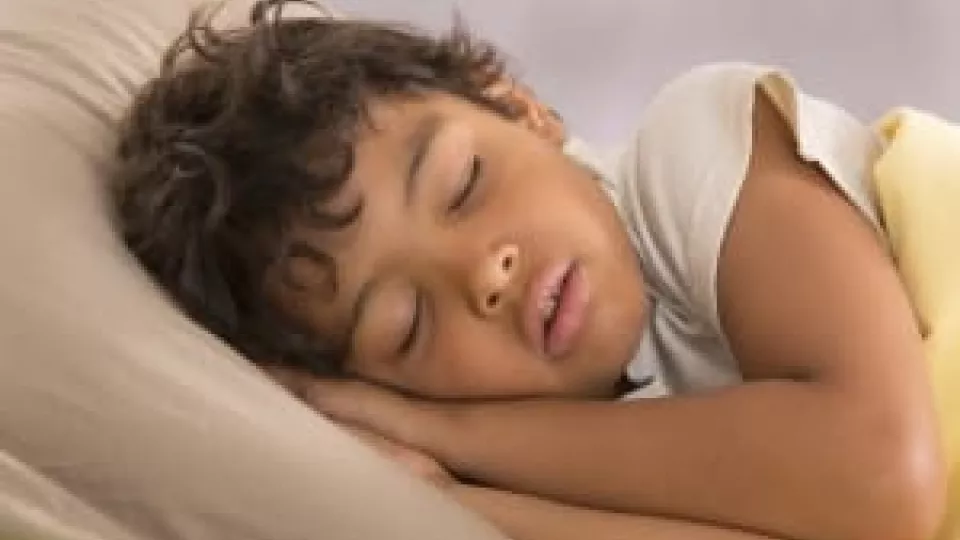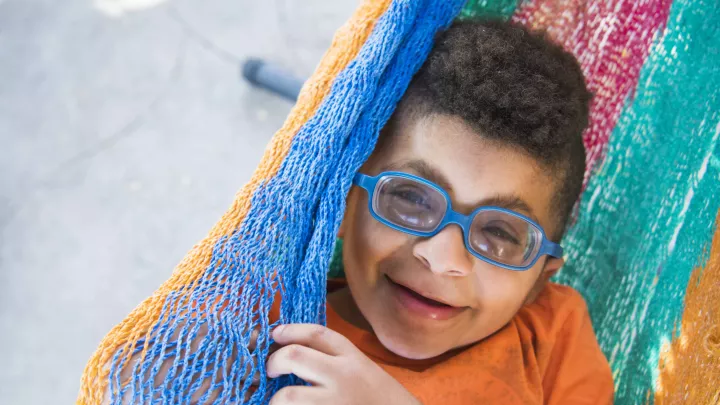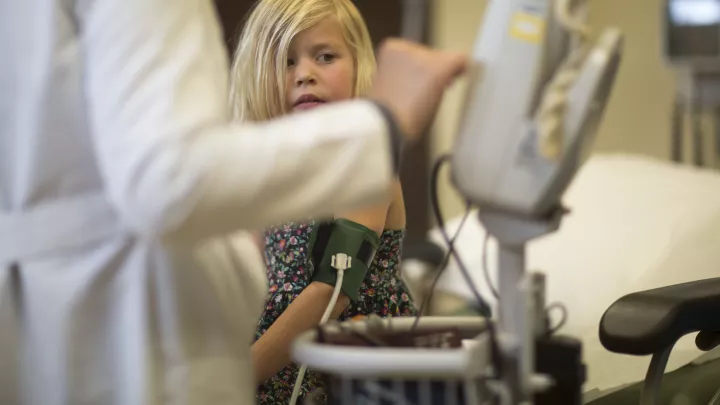
Persistent Snoring: Is it Bad?
As parents, we never want to admit that our children are any less than perfect. That wasn’t the case with my eldest son, as no morning alarms were necessary in my home. When he was a boy, my son’s loud snoring and disruptive breathing kept my family awake throughout the night. I would often have to sleep next to him to keep watch as he gasped for breath throughout the night. It turns out that my concern may have been warranted. Aside from being a nocturnal annoyance, a new study confirms, snoring in young kids can have implications for their behavior later on.
Sleep-disordered breathing (SDB) is a general term for breathing difficulties occurring during sleep. SDB can range from frequent loud snoring to obstructive sleep apnea (OSA), a condition involving repeated episodes of partial or complete blockage of the airway during sleep. When a child’s breathing is disrupted during sleep, the body perceives this as a choking phenomenon. The heart rate slows, blood pressure rises, the brain is aroused and sleep is disrupted. Oxygen levels in the blood can also drop.
Is this a common problem for kids and teens to have?
I found out that approximately 10 percent of the U.S. kids snore regularly and about 2-4 percent have OSA. Recent studies indicate that mild SDB or snoring may cause many of the same problems as OSA in children. In the past, many children were considered to be “benign” snorers. This meant that there were no significant health consequences as a result of their snoring. However, leading pediatric airway experts now feel that there is usually some negative impact on most children who snore frequently. In fact, snoring has been strongly associated with a wide range of detrimental effects on a child’s overall health and well-being.
So what should you do if your child is snoring?
You should visit a sleep specialist who works with children. He or she will be able to detect if your child has sleep apnea. Your child will need to do a sleep study for at least one night at a sleep center. This study is called a polysomnogram (PSG). Sensors are put on your child’s head, face, chest and legs. The sensors are gently placed on the skin and do not cause any pain. They send tiny electrical signals to a computer. The cables are long enough for your child to move around and turn over in bed. There is no risk or danger related to the sleep study. The PSG charts your child’s brain waves, heartbeat and breathing during sleep. It also records eye and leg movements as well as muscle tension. This is the only sure way to find out if your child has sleep apnea, and how severe the problem is. It will help determine the level of treatment that will be needed to help your child. Parents should normally stay with their children during the overnight study. This may not be needed for teenagers. In the morning, you should let the staff at the sleep center know if your child’s sleep and breathing were similar to how they usually are at home.
So, what causes children to snore?
Snoring is the sound caused by vibrations in the upper airways of the respiratory system due to obstructed air movement while sleeping. While your child’s gentle snores or little squeaks at night may sound cute, it is possible that they may be a sign of a sleep disorder. Here are a couple of typical causes that could be the source of your child’s snoring:
- Respiratory infection: If your child has a stuffy nose from a cold or allergies, it is likely that the snoring is caused by blockage in the sinuses. This nasal blockage forces a child to breathe through the mouth, which can lead to snoring.
- Enlarged tonsils and adenoids: They are a leading cause of snoring in children, and a strong indication of potential obstructive sleep apnea. The swollen glands contribute to blocking the airways, making it difficult for your child to breathe comfortably through the night.
- Deviated septum: A deviated septum occurs when the airway of the two nostrils is offset or displaced. This makes breathing through the nose more difficult, as one nostril’s passage is smaller than the other, reducing airflow and making breathing difficult.
- Obstructive sleep apnea (OSA): Roughly 3 percent of children ages 1 to 9 have obstructive sleep apnea. OSA is a serious condition in which airflow through the upper respiratory system becomes obstructed, making breathing extremely difficult. Children (and adults as well) who suffer from untreated OSA can have many associated health problems.
If my child has sleep-disordered breathing, what could it affect?
In unadjusted analyses, non-snorers had significantly stronger cognitive development than transient and persistent snorers. In multivariable analyses, persistent snorers had significantly higher reported overall behavior issues, particularly hyperactivity, depression and inattention, which can cause them problems in multiple areas, such as:
- Social: Loud snoring can become a significant social problem if a child shares a room with siblings or at sleepovers and summer camp.
- Behavior and learning: Children with SDB may become moody, inattentive and disruptive both at home and at school. Sleep-disordered breathing can also be a contributing factor to attention-deficit disorders in some children.
- Enuresis: SDB can cause increased nighttime urine production, which may lead to bedwetting.
- Growth: Children with SDB may not produce enough growth hormone, resulting in abnormally slow growth and development.
- Obesity: SBD may cause the body to have increased resistance to insulin or daytime fatigue, resulting in decreased physical activity. These factors can contribute to obesity.
- Cardiovascular: OSA can be associated with an increased risk of high blood pressure or other heart and lung problems.
In conclusion, many parents of children who snore are not aware of the possible risks of that snoring. Snoring in children is not unusual, but when it becomes persistent and the child experiences sleep apnea, sleep quality is affected. This, in turn, can lead to problems with daytime tiredness, concentration and learning difficulties, bedwetting and delayed growth.


